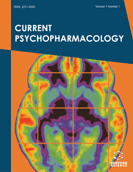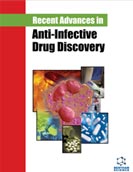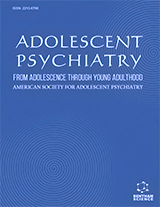Abstract
Sepsis remains the most common admission diagnosis to ICU and approximately half of these patients develop some form of cardiac dysfunction. Genetic factors, large vessel and microcirculatory changes, depressant factors, metabolic changes, autonomic dysregulation and a myriad of cellular regulators have all been implicated in the myocardial dysfunction. The cardiomyopathy is reversible may include elements of LV and RV systolic and diastolic dysfunction. Current approaches to treatment include guideline based septic shock therapy often along with inotropic support, however a new approach may include heart rate control.
Keywords: Left ventricular ejection fraction, Sepsis, Septic shock, Ventricular dysfunction
About this chapter
Cite this chapter as:
James J. Douglas, John H. Boyd, Keith R. Walley ;Septic Cardiomyopathy: Quo Vadis? From Past-to-the Future, Frontiers in Myocardia Septic Cardiomyopathy From Bench-to-Bedside (2015) 1: 188. https://doi.org/10.2174/9781681080604115010016
| DOI https://doi.org/10.2174/9781681080604115010016 |
Print ISSN 2451-8344 |
| Publisher Name Bentham Science Publisher |
Online ISSN 2451-8352 |






















